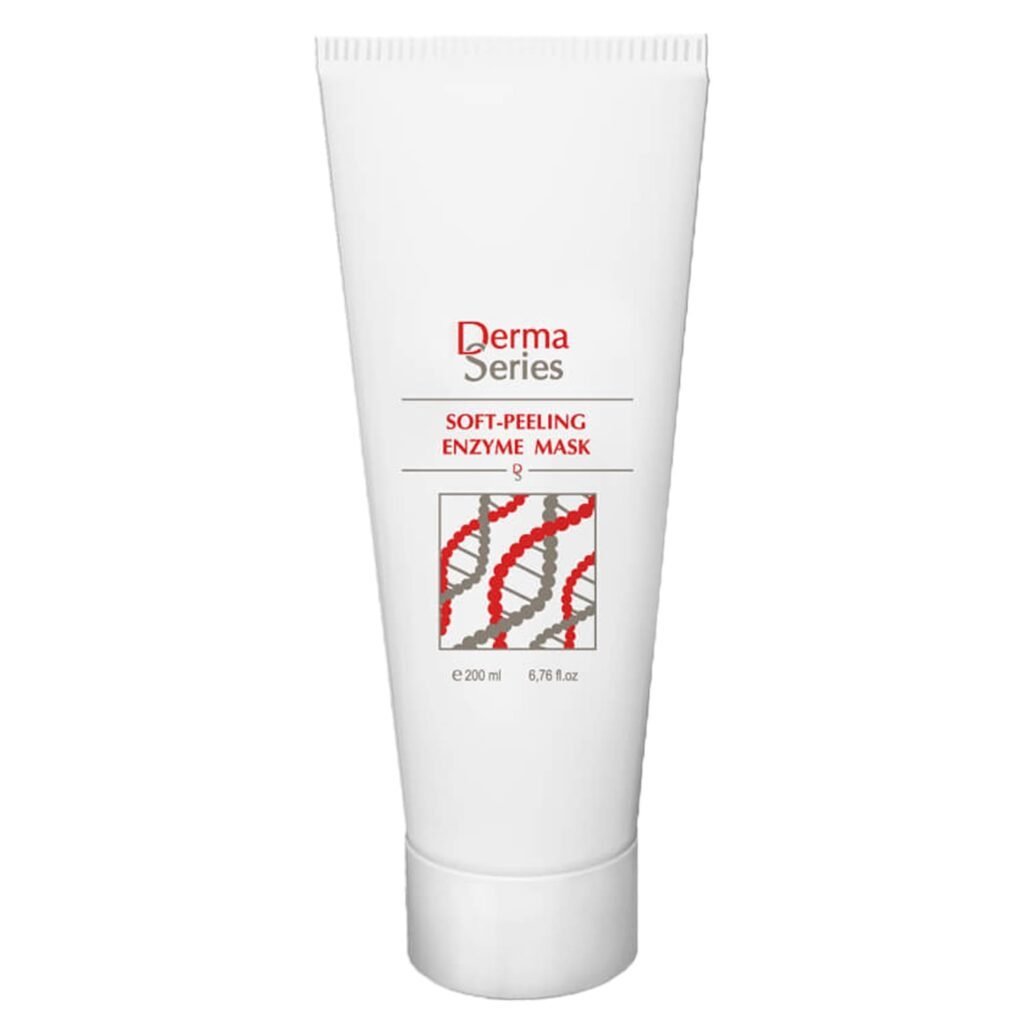An enzyme peel facial is a skincare treatment. It removes dead skin cells from the surface. It helps to ensure a fresh and smooth appearance for the skin. Enzymes from papaya and pineapple are the organic components of this facial treatment. This renders it appropriate even for the sensitive type of skin.
Enzyme Peel Facial: What is It?
An enzyme peel facial uses natural enzymes to remove dead skin. These enzymes break down dead tissues into tiny pieces of keratin protein. This process makes the skin look healthier. Papaya and pineapple are common sources of these enzymes. The procedure is safe for the upper layers of the skin. It does not cause itching, redness, or dryness. That’s why it is a great option for people with dry or sensitive skin.
Common Benefits
The enzyme peel facial is beneficial for the skin in a variety of ways as shown below:
- Helps shed dead skin cells. Eliminates the dull outer layers.
- The skin tone becomes even. Provides a radiant appearance to the face.
- Fine lines and wrinkles are softened. Gives a smoother sensation to the skin.
- The skin remains moisturized. Maintains optimal moisture level.
- Suitable for all skin types. Both sensitive and dry skin can benefit without risk.
With continuous treatments, the condition of the skin gets better with time. It becomes much more youthful and supple. The contours of the neck gradually soften, while the skin stays hydrated and maintains a refreshing coolness. An added benefit of more frequent facials is that it enhances the skin’s natural glow as well. This makes it a popular choice for long-term skin care.
Role of a Neutralizer for Chemical Peel
A neutralizer for chemical peel helps restore the skin’s natural pH. After a peel, the skin may become slightly unbalanced. A neutralizer stops the peel from working further and calms the skin. Even though enzyme peels are gentle, some professionals still use a neutralizer. This extra step ensures the treatment is safe and reduces any chance of irritation. It leaves the skin feeling more comfortable and refreshed after the facial.
Steps in an Enzyme Peel Facial
The first stage involves washing the skin so as to get rid of dirt, oils, or makeup. After cleansing the skin, the specialist carefully spreads a thin film of the enzyme peel onto the entire surface of the face, evenly distributing it. The peel is applied for a period of 10-20 minutes so that enzymes work to decompose dead cells. In certain situations, neutralizers are also available to halt the action of the peel and soothe any irritation on the skin to make the procedure safer and more comfortable. The last step to the procedure is moisturization which helps in restoring hydration and softness to the skin.
- It is imperative to apply sunscreen.
- Strong products such as retinol should be avoided for a few days to prevent irritation of the skin.
- Moisturize regularly to sustain the shine and hydration of the skin.
- Avoid exposure to the sun for a minimum of 24 hours in order to allow your skin to heal.
Such aftercare will assist in achieving better results while assuring the safety of skin. Adhering to these suggestions, will ensure that the radiance is consolidated for a much longer time.
Final Thoughts
It should be noted that, when performing routine procedures, the enzyme peel facial can be a game changer for skin health. Most, if not all, clients consider it an essential product for their routine that gives mild but efficient exfoliation, brightens the skin, as well as improves its overall texture. If used regularly, it can also help with skin hydration and even reduce the appearance of fine lines. To provide additional support and comfort, some practitioners will routinely use a neutralizer for chemical peel to reduce irritation while the patient is undergoing the procedure, making it more pleasant for the user. The treatment can be used for clients with all skin types including sensitive ones. So, you can order it right now.





